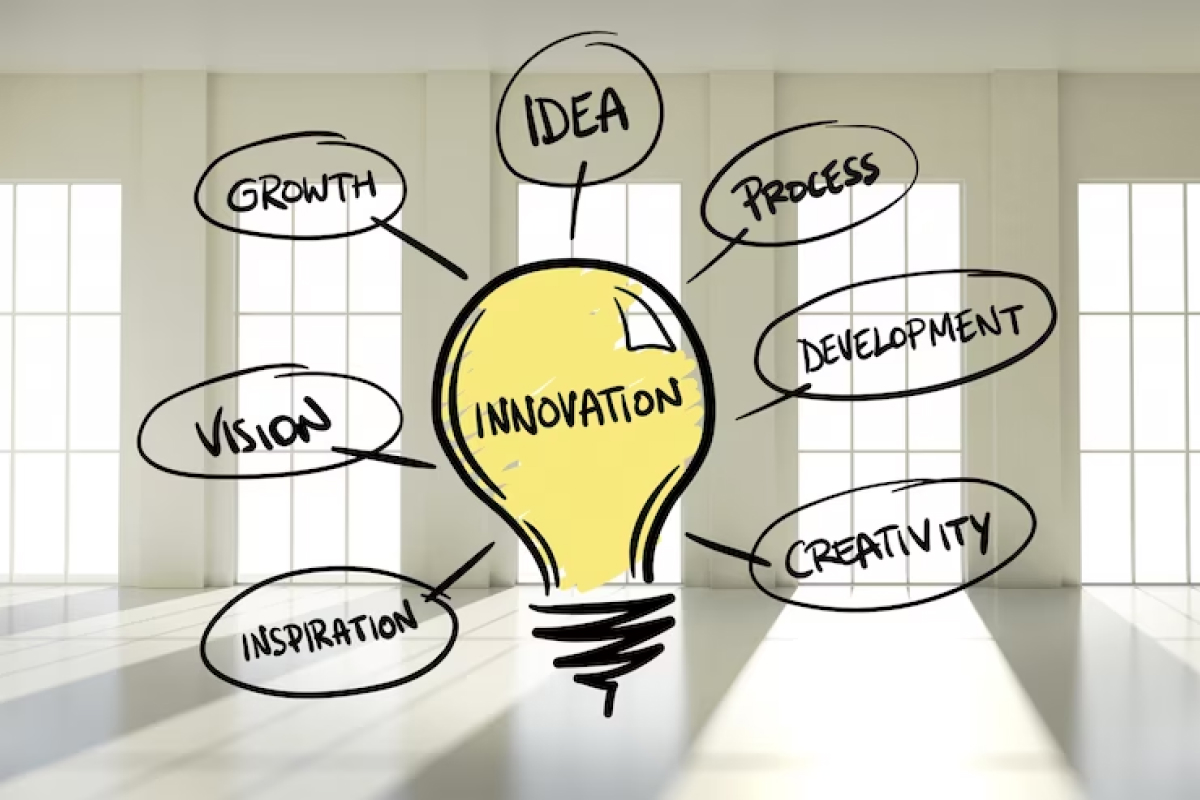Ideation techniques play a crucial role in the process of generating innovative product ideas. The term “ideation” refers to the creative process of generating, developing, and evaluating ideas. It is an essential step in the journey of product development and innovation. Coming up with fresh and innovative ideas is key to staying ahead in the market and meeting customer demands.
Brainstorming
Brainstorming is one of the most popular ideation techniques used by individuals and teams to generate a wide range of ideas. It involves gathering a group of people and encouraging them to think freely and share their ideas without any judgment. The brainstorming process typically consists of three steps: preparation, idea generation, and idea evaluation.
During the preparation phase, it’s important to define the problem or challenge at hand and set clear goals for the brainstorming session. The participants should be briefed on the objective and encouraged to think outside the box. Once the idea generation phase begins, participants can freely share their thoughts and suggestions. It’s crucial to encourage a diverse range of ideas and avoid criticism or evaluation during this stage. Finally, in the idea evaluation phase, the generated ideas are reviewed and analyzed based on feasibility, potential impact, and alignment with the desired outcomes.
Mind Mapping
Mind mapping is a visual technique that aids in the generation and organization of ideas. It involves creating a diagram that branches out from a central idea, with sub-branches expanding further into related concepts. To create a mind map, start by identifying the central idea or problem. Then, add branches that represent different categories or aspects related to the central idea. These branches can be further expanded with keywords, images, or other relevant information.
The benefits of mind mapping for ideation are manifold. Firstly, it helps in visually organizing and connecting ideas, making it easier to see the relationships between different concepts. This can spark new associations and insights, leading to the generation of innovative ideas. Additionally, mind mapping encourages nonlinear thinking, allowing for the exploration of various possibilities and perspectives.
SCAMPER Technique
The SCAMPER technique is a powerful tool for ideation that prompts creative thinking by challenging existing ideas and products. SCAMPER stands for Substitute, Combine, Adapt, Modify, Put to other uses, Eliminate, and Rearrange. Each component of SCAMPER serves as a prompt to stimulate idea generation.
In the “Substitute” step, you explore the possibility of replacing certain elements or components of a product with alternatives. This can lead to innovative solutions or improvements. The “Combine” step involves considering ways to integrate different ideas, features, or functionalities to create something new. “Adapt” prompts you to think about how existing ideas or products can be adjusted or modified to suit different contexts or purposes.
The “Modify” step encourages the alteration of existing elements or attributes of a product to enhance its performance or user experience. “Put to other uses” prompts you to explore alternative applications or contexts where a product or idea can be utilized. “Eliminate” challenges you to identify unnecessary elements or features that can be removed to streamline or simplify a product. Finally, “Rearrange” involves reorganizing or rearranging components or elements to create a fresh perspective or improve functionality.
Reverse Engineering
Reverse engineering is a technique commonly used in various fields, including product development. It involves analyzing and deconstructing existing successful products to understand their features, functionalities, and design principles. By examining a product from different angles and understanding its inner workings, reverse engineering can inspire new ideas and possibilities.
To utilize reverse engineering for ideation, start by selecting a successful product in your industry or field of interest. Carefully examine its components, materials, and technologies used. Consider its strengths and weaknesses, and identify areas for improvement or new directions. By understanding the underlying principles of a successful product, you can generate innovative ideas that build upon its foundations while offering unique value.
Role-Playing
Role-playing is a technique that encourages creative thinking and problem-solving by assuming different roles or personas. It helps individuals or teams to step into the shoes of potential users or customers, gaining deeper insights into their needs, preferences, and pain points. Role-playing sessions can be conducted to explore various scenarios and interactions related to a product or idea.
During a role-playing session, assign different roles or personas to participants. They can act out situations, interactions, or user experiences relevant to the product or idea being explored. Encourage participants to think from the perspective of their assigned roles, allowing them to generate ideas and solutions based on the specific needs and desires of those personas. Role-playing stimulates empathy and fosters a user-centered approach to ideation.
Conclusion
Innovation and the generation of fresh product ideas are critical for businesses and individuals seeking to thrive in today’s dynamic market. By utilizing ideation techniques such as brainstorming, mind mapping, SCAMPER, reverse engineering, and role-playing, you can unlock your creative potential and come up with innovative solutions. Experimenting with different techniques and approaches is key to discovering new perspectives and pushing the boundaries of what is possible. Embrace the power of ideation and unleash your creativity to drive product innovation and success.



